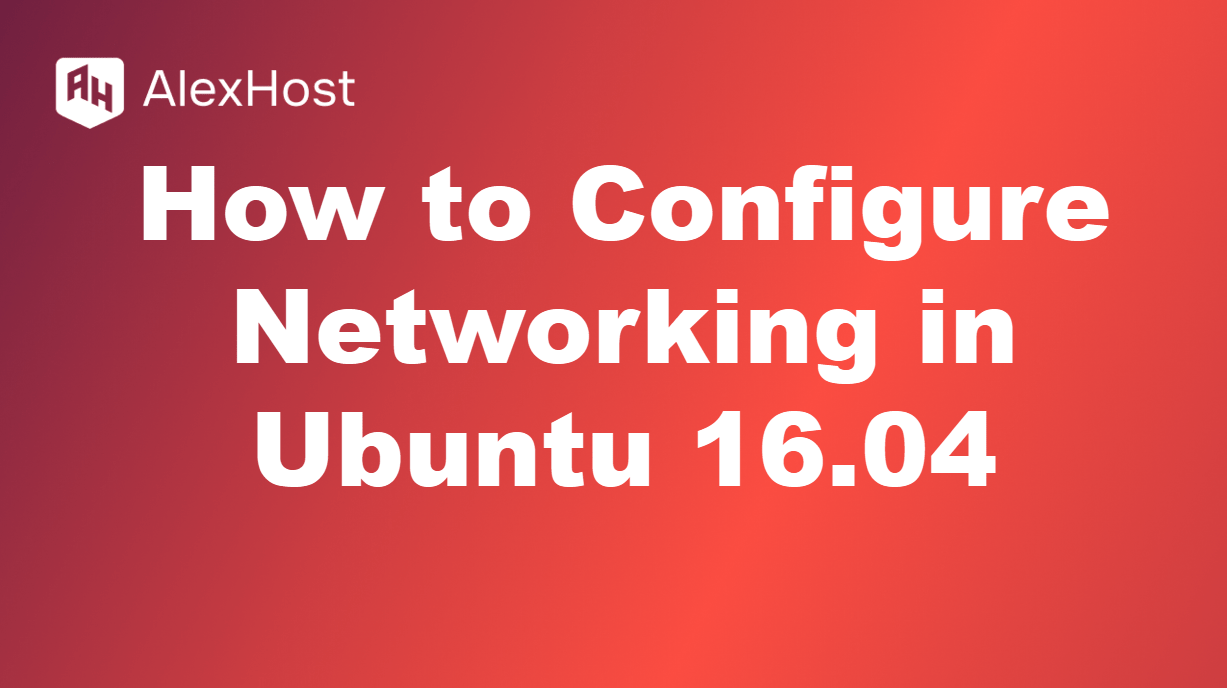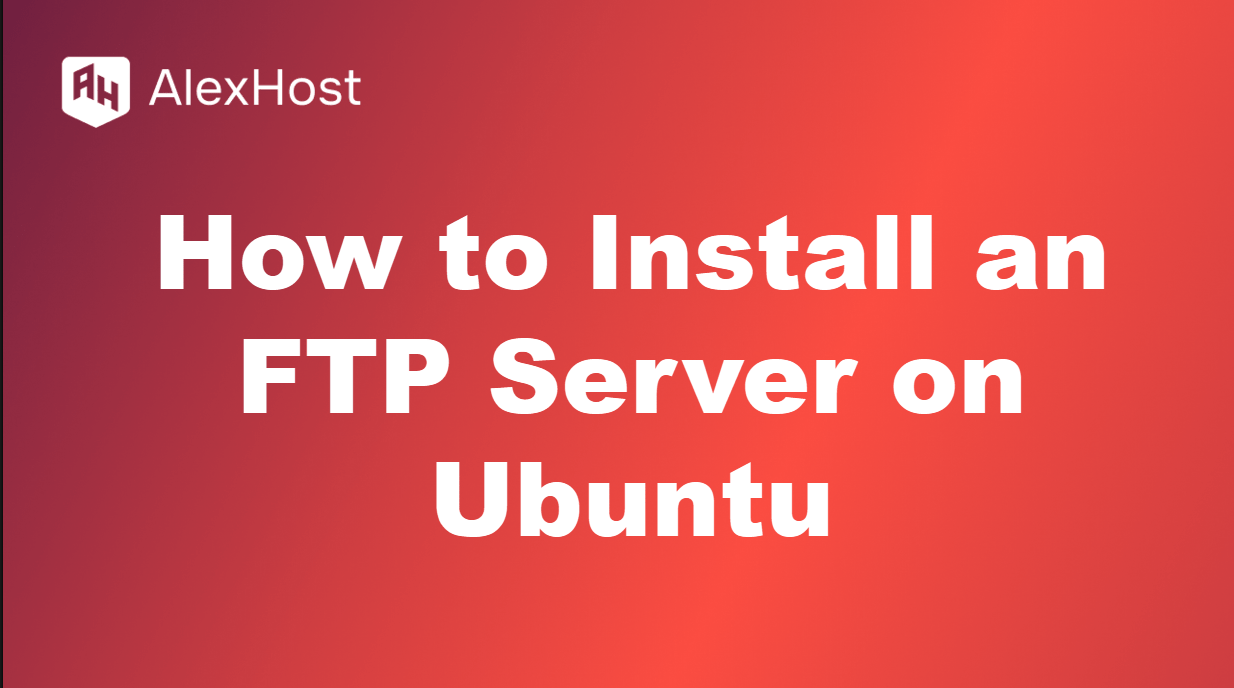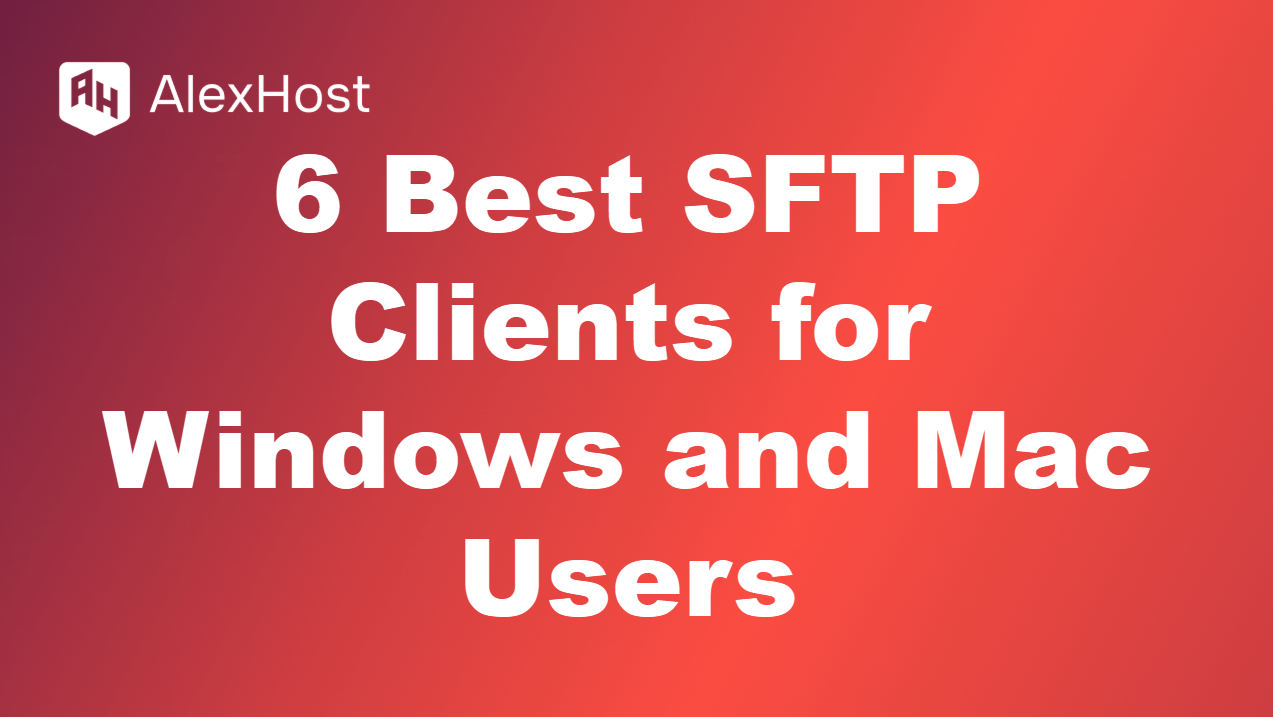GitLab is a powerful open-source DevOps platform that provides version control, continuous integration/continuous delivery (CI/CD), and collaboration tools. Installing GitLab on Ubuntu allows you to manage projects and collaborate with teams efficiently. This guide will walk you through installing GitLab on an Ubuntu server. 1. Update System Packages Before starting the installation, ensure your system […]
Clearing the cache in Microsoft Edge can help resolve browsing issues, free up space, and ensure you’re seeing the latest version of a website. Here’s a quick guide on how to clear cache in Microsoft Edge on both desktop and mobile. 1. What is Browser Cache? The browser cache stores temporary files, images, and data […]
Samba is an open-source software suite that enables file and print sharing between computers running Windows and Unix-like systems, such as Ubuntu. By installing Samba, you can create a seamless connection between Linux and Windows systems, allowing file sharing over a network. Here’s a step-by-step guide on how to install and configure Samba on Ubuntu. […]
Networking is a critical aspect of any system, whether you are setting up a server, virtual machine, or desktop. In Ubuntu 16.04, networking is managed by a tool called ifupdown, which uses the configuration file /etc/network/interfaces. In this article, we will guide you through configuring networking on Ubuntu 16.04. Step 1: Access the Network Configuration […]
Debian is a widely used, open-source Linux distribution known for its stability, security, and large repository of software packages. It is one of the oldest and most respected distributions in the Linux community, forming the basis for many other popular distributions like Ubuntu, Linux Mint, and Raspbian. In this article, we’ll explain what Debian is, […]
Set Up an FTP Server on Ubuntu: Quick vsftpd Guide Why bother with an FTP server? FTP (File Transfer Protocol) is your trusty sidekick for shuttling files between your machine and a server—think uploading website tweaks or sharing big datasets. On Ubuntu, vsftpd (Very Secure FTP Daemon) is the go-to choice: it’s lightweight, secure, and […]
A traceroute is a network diagnostic tool used to track the path that packets take from your computer to a specific destination, such as a website or server. It helps identify network latency and routing problems by displaying each hop along the path, including the time it takes for each hop to respond. Here’s how […]
SFTP (Secure File Transfer Protocol) is a secure method for transferring files between a local computer and a remote server. Unlike FTP, SFTP encrypts both commands and data, offering a more secure way to transfer files. Whether you are a Windows or Mac user, using a reliable SFTP client is crucial for managing your remote […]
The mkfs (short for make filesystem) command in Linux is a versatile tool that allows users to format disks and partitions with a specified filesystem. Whether you are setting up a new disk, creating a new partition, or reformatting an existing one, mkfs is an essential command for configuring filesystems. It supports a variety of […]
CentOS 7, a popular server operating system known for its stability, ships with Python 2.x by default. However, many modern applications require Python 3, which offers significant improvements and new features. Installing Python 3 on CentOS 7 is an essential step for developers and system administrators who want to keep their environments up to date. […]

















